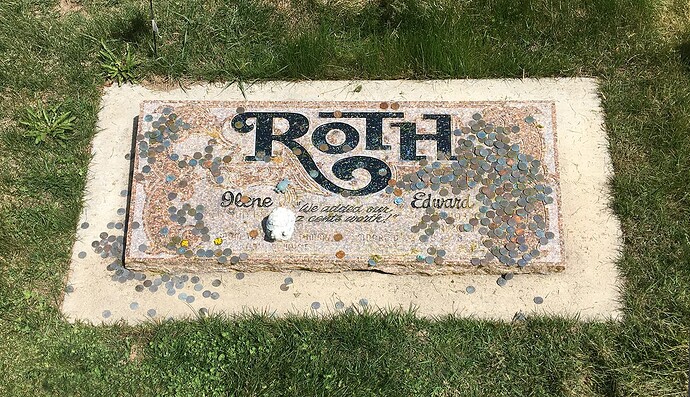On the photos thing, a lot of those are awful dye sub on porcelain tiles. They do fade within 10 years to nothing. I’ve been watching one on a tombstone next to my parents’ grave. Next time I’m over there, I take a photo of it. It’s pretty horrible.
If you want to do that process correctly, it has to be true porcelain - glass on steel and sealed properly so the steel doesn’t corrode too fast. We do these as graphic panels for tough environments and in theory they should last up to 40 years. If the steel doesn’t rust out at the bolt holes 
There’s another process that embeds an image into the anodized layer of aluminum. That’ll last until the anodizing layer erodes. I’ve done a few graphic panels that way, a long time ago. They were only warrantied for 10 years. Same with high pressure phenolic panels, though some of those I’ve done have lasted as long as 15 years.
And the last one is image embedded in powdercoat on aluminum. Again only warrantied for 10 years in a normal environment (ie not full sun on a sandy beach in the northeast, LOL.) Any of those will beat that Harriet Carter catalog porcelain photo though. Except on price tag. Spendy.
Conjecture on what happened to the type. Around the 1950s, rudimentary stenciling machines became available, with limited font selection, but sure made engraving by sandblasting so easy, anyone could do it. Then came the rubberized blast masks (think really thick ruby lith) and then came the more sophisticated vinyl plotters to cut it. We used to do a lot of glass sandblasting with this stuff, now we only use it for simple designs and text. There is a photo emulsion blast mask now that can do really scary intricate design and we use that a lot.
IOW, everything become machine-cookie-cutter lettering long enough for the skilled craftsmen to die and no one does hand lettering any more. Not in stone. There are still a few wood sign carvers around, but man, I haven’t talked to the last guy we used for a job in over a decade. Like our neon guys, they were all really old a decade ago.
A lot of the metal sign industry is now cookie cutter too. There used to be guys out there that were pros at oxidation and pickling and all the various chemical treatments you could do to metals to get some really great looks. Now it’s paint or clear coat. The bas relief designs are farmed out to China, the lettering is manufactured in China, Mexico or the Philipines, rarely the US, though still a few around. It’s all dying.
I considered donating my dead shell to science but I fear not much will be left of it when I go. Cremation and tossed to the wind works. Just…check the wind direction first. 
